What is the appropriate temperature for hand-brewed coffee? Is the higher the temperature of the coffee water, the better?
If you ask Qianjie what is the recommended water temperature for brewing coffee, Qianjie Association recommends 90-93 ℃ for light coffee and 86-89 ℃ for deep coffee.
"No, Baidu says."
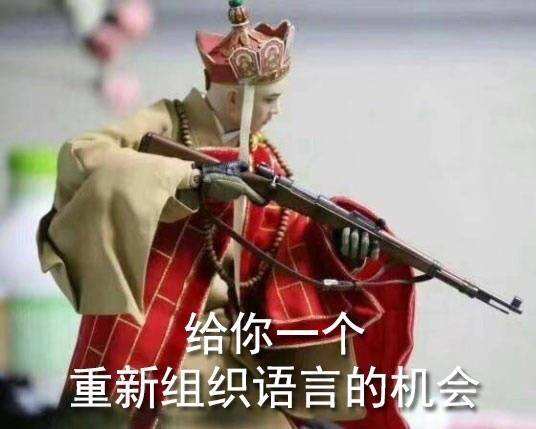
"well, have you ever heard of WBrC? in the competition, many contestants used 95 or 96 ℃ water temperature to make coffee, and the 2018 champion used 80 ℃ and 95 ℃ to go back and forth, and last year the champion also used 93 ℃ and 88 ℃."
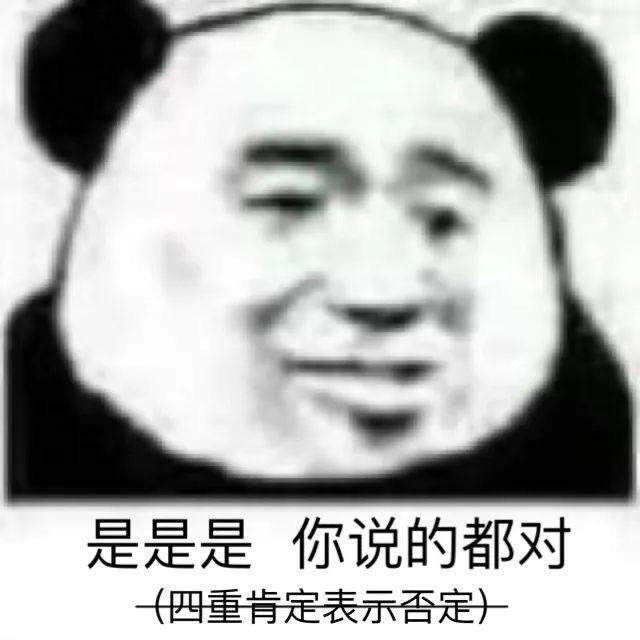
It is very important to understand the temperature of water. Take a common example in daily life, granule. Soak with freshly boiled water, a lot of granules dissolve; soak with warm water, can still melt part, but need to use the external force of spoon stirring to completely dissolve; with cold water bubble, even with spoon stirring may not all dissolve. This shows that the water temperature affects the solubility (or extraction efficiency). If the extracted substances such as granules (or instant solutions), it is best to dissolve all of them as soon as possible, so there is no problem with using 100 ℃ of water temperature to remove bubbles. There are substances insoluble in water, coffee substances with good flavor and coffee substances with bad flavor in coffee beans. Therefore, in order to get a cup of flavored coffee, reasonable adjustment must be made in the water temperature to avoid dissolving a bad taste as far as possible. If we only look at the extraction efficiency of coffee by water temperature, we directly use the soaking form measured by cup, and the water temperature is compared with 80 ℃, 94 ℃ and 100 ℃ respectively (soaking time is 4 minutes). The water temperature of 100 ℃ group decreased successively from 91 ℃ to 79.4 ℃ in 30 seconds to 4 minutes, in 94 ℃ group, from 87 ℃ to 75.3 ℃ in 30 seconds to 4 minutes, and from 75.3 ℃ to 65.2 ℃ in 80 ℃ group.
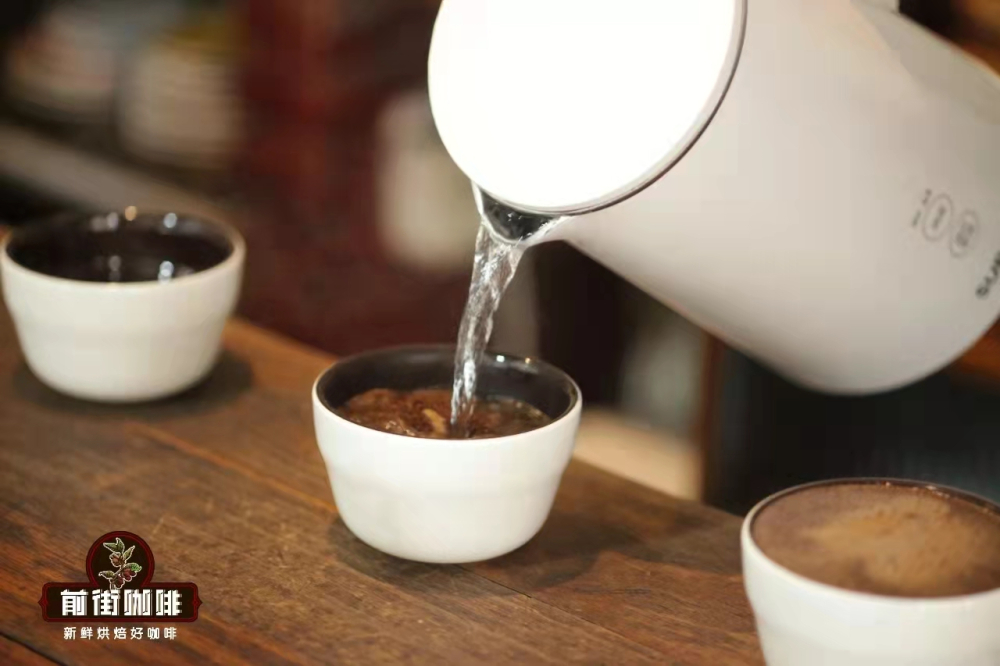
While in the tasting, the 100 ℃ group showed very bright fruit acidity, solid taste, floral and fruity aromas at the 5th minute, and uncomfortable bitterness at the 20th minute. The performance of 94 ℃ group was similar to that of 100 ℃, with a slight lack of flavor in the 5th minute, a solid taste in the 6th minute, and a lot of fruit-like sweet and sour taste. It was not until the 30th minute that a slight mixed feeling appeared. The 80 ℃ group was very light at 5-9 minutes, with a slightly sweet fruit and a thin taste, and at the 10th minute, there was a smooth, thick, sweet fruit with a slight sugarcane feel. There was no obvious smell after 30 minutes.
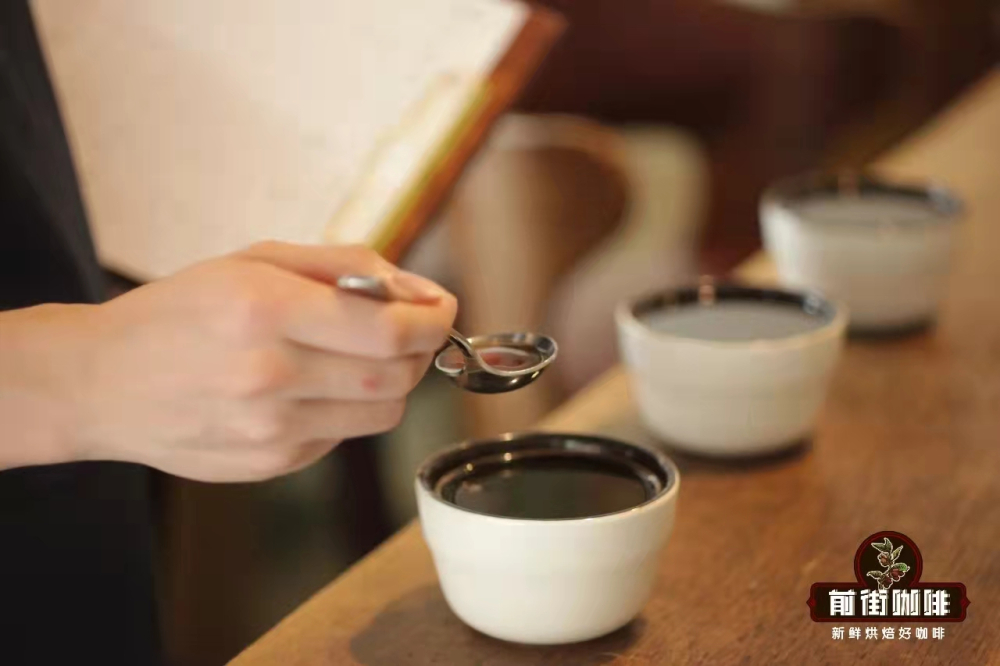
From this immersion extraction experiment, when the degree of grinding is fixed, there is only the variable of temperature. The higher the water temperature, the more abundant the aroma substances of coffee, while when the water temperature is low, the performance of coffee is more calm. However, unlike hand-washing, the cup-measured immersion extraction completes the injection of water at the beginning, and a large amount of water is exposed to the air, resulting in a great discount to the actual extraction water temperature. Another point is that the soaking extraction coffee powder is in a static state and released slowly, which is also the reason why the immersion extraction takes longer than the filter extraction. Next, let's compare the change of water temperature under hand flushing. Compared with the experimental data of hand-flushing temperature before Qianjie, it was boiled at 90 ℃ and 93 ℃ respectively, and the temperature change of the powder layer was measured by thermometer. When the water temperature of 90 ℃ is used for cooking, the water temperature involved in the extraction is actually between 84.5-86 ℃. When the water temperature of 93 ℃ was used for cooking, the water temperature involved in the extraction was actually between 85 and 88 ℃.
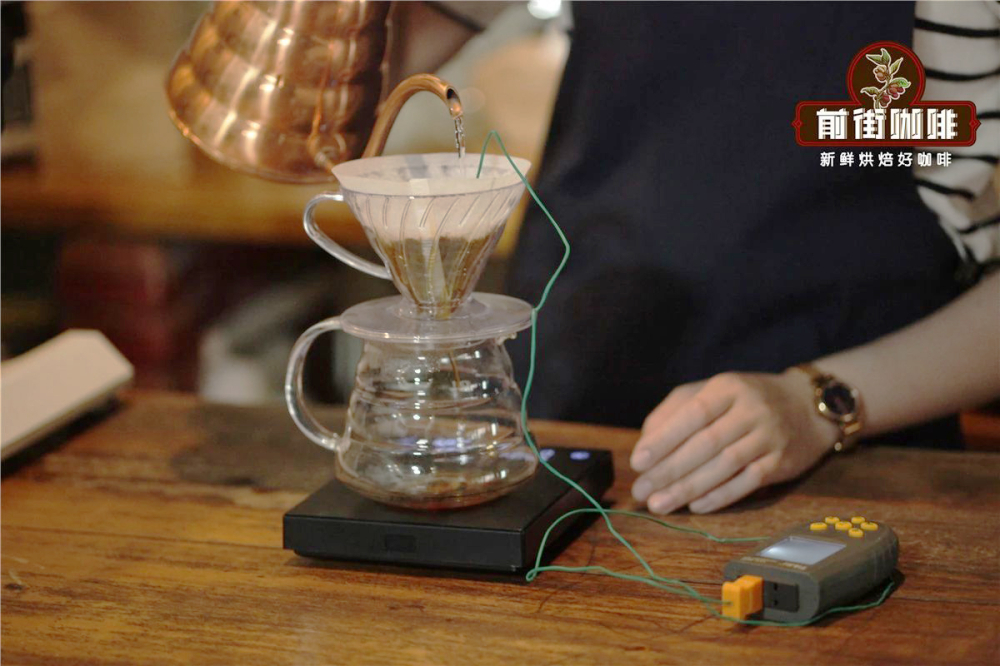
Compared with the two groups, it can be seen that the difference in initial cooking temperature is 3 ℃, while the actual difference in extraction temperature is less than 3 ℃. Although the difference is narrowed, it can be clearly distinguished by tasting, which is based on the premise that the degree of grinding is the same and the method is the same. The hand filter type is continuous water injection, so the temperature will be maintained better than the immersion type, and the water column during water injection is like a stirring spoon, constantly stirring the coffee powder layer, so there will be more factors to affect the efficiency of the extraction. Review why the water temperature of the Qianjie suggestion is so narrow, because many of the Qianjie audiences have just learned to brew coffee by hand, and there is not much understanding of the influence of the parameters on the parameters. the use of safer parameters can increase the probability of extracting a regular cup of good coffee (the popular point is less rollover).
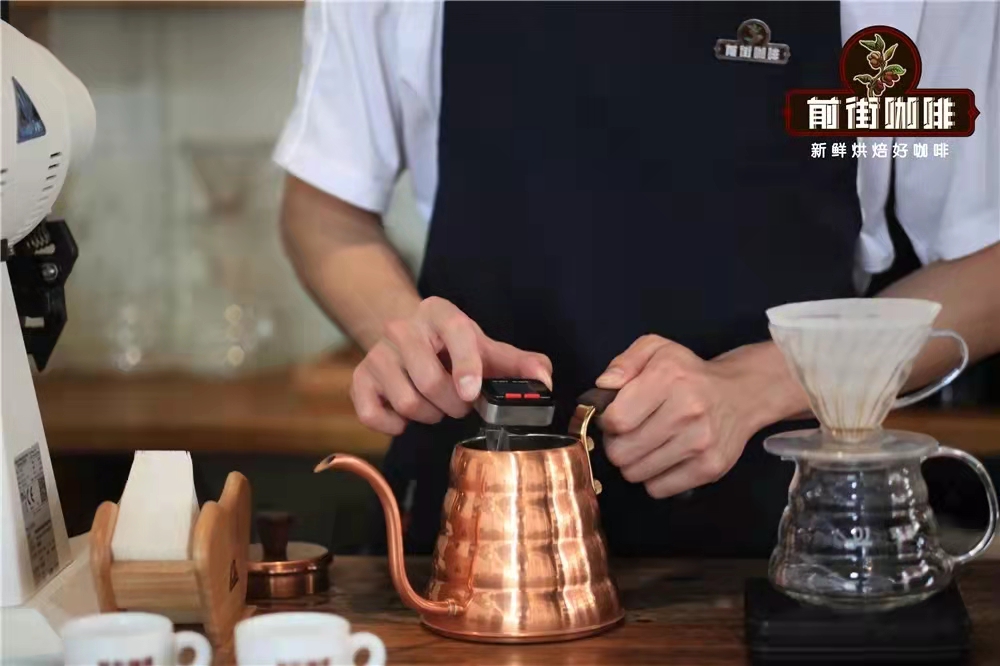
As for the parameters of the contestants, such as the cooking scheme is reasonable, the water temperature of 96 ℃ can extract a richer sweet smell. But you score clearly, whether your beans are as good as the contestants, whether they can withstand the extraction of high temperature, and whether your grinding is consistent with that of the contestants (the grinding degree is the most difficult parameter). Knowing the temperature of the water is essential for making coffee. If the flushing is not good, it may not be the problem of the hand, it may be the problem of water temperature, it may also be the problem of grinding, it is more likely to be …...
Important Notice :
前街咖啡 FrontStreet Coffee has moved to new addredd:
FrontStreet Coffee Address: 315,Donghua East Road,GuangZhou
Tel:020 38364473
- Prev
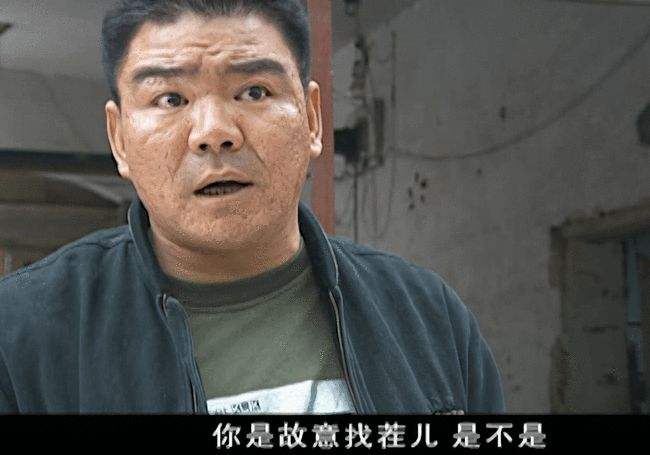
What are the hand-brewed coffee beans that are not sour or bitter? How to flush out the mellow taste of coffee?
Nowadays, when tasting a cup of coffee, it will be amazed because it has an acidity as bright as fruit, and it will be satisfied with its bitterness before sweetness and fullness. Traditional coffee smells fragrant, but it is bitter to drink, which is difficult to accept, even if it is sour and sweet and delicious shallow roasted coffee. Before a guest sees it,
- Next
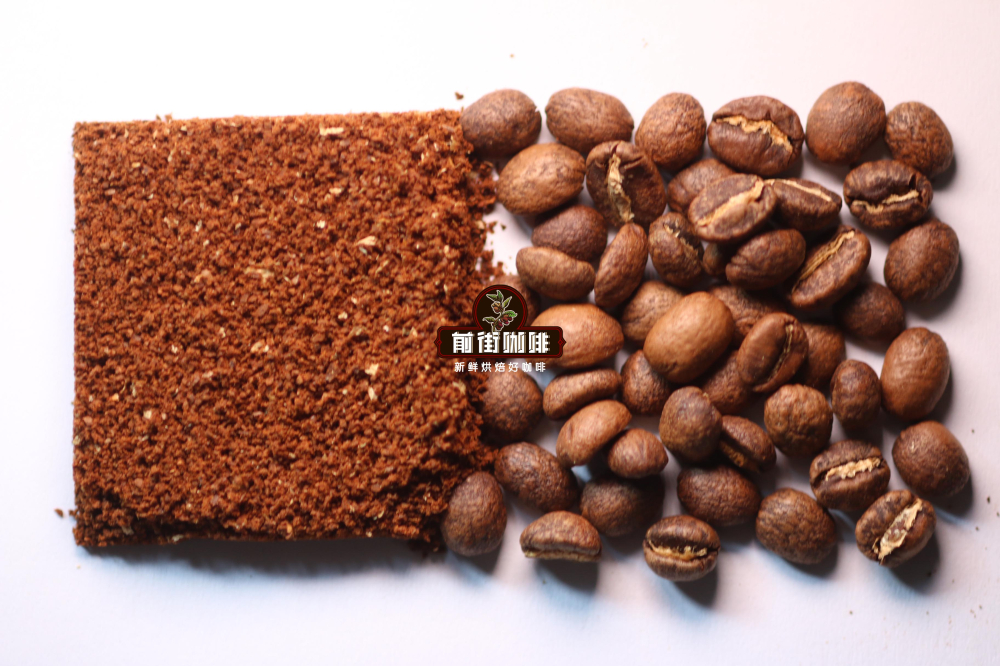
How much is the fineness of coffee hand grinding? How to adjust the grindability of hand-brewed coffee beans
The degree of coffee grinding is a hurdle that you can't overcome. According to Qianjie to answer so many friends' questions, basically more than half of the reasons for not doing well are due to problems in the degree of grinding. Why does coffee need to grind friends who don't know much about coffee? the concept of coffee may stay on instant coffee, but now it can be used in coffee.
Related
- Beginners will see the "Coffee pull flower" guide!
- What is the difference between ice blog purified milk and ordinary milk coffee?
- Why is the Philippines the largest producer of crops in Liberia?
- For coffee extraction, should the fine powder be retained?
- How does extracted espresso fill pressed powder? How much strength does it take to press the powder?
- How to make jasmine cold extract coffee? Is the jasmine + latte good?
- Will this little toy really make the coffee taste better? How does Lily Drip affect coffee extraction?
- Will the action of slapping the filter cup also affect coffee extraction?
- What's the difference between powder-to-water ratio and powder-to-liquid ratio?
- What is the Ethiopian local species? What does it have to do with Heirloom native species?

